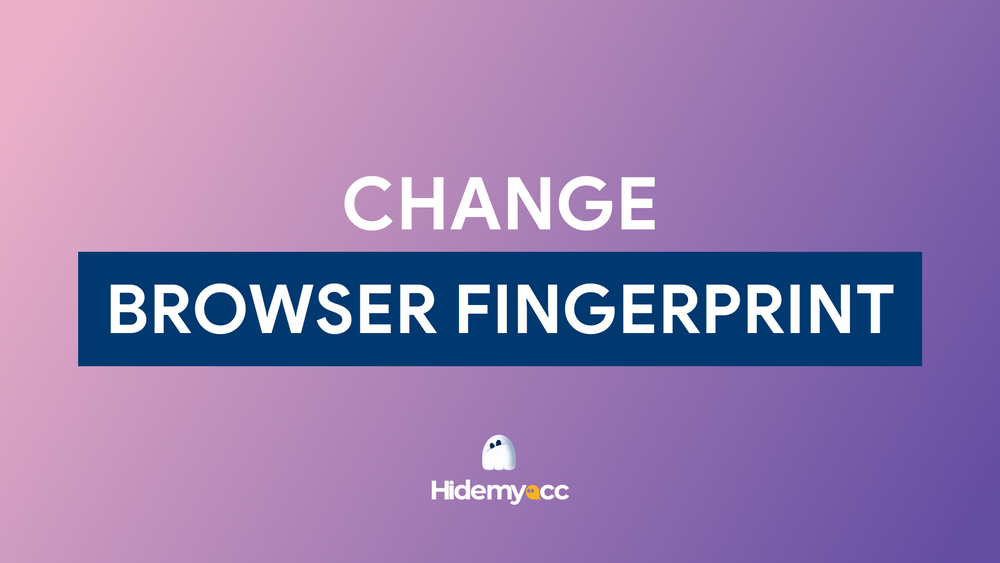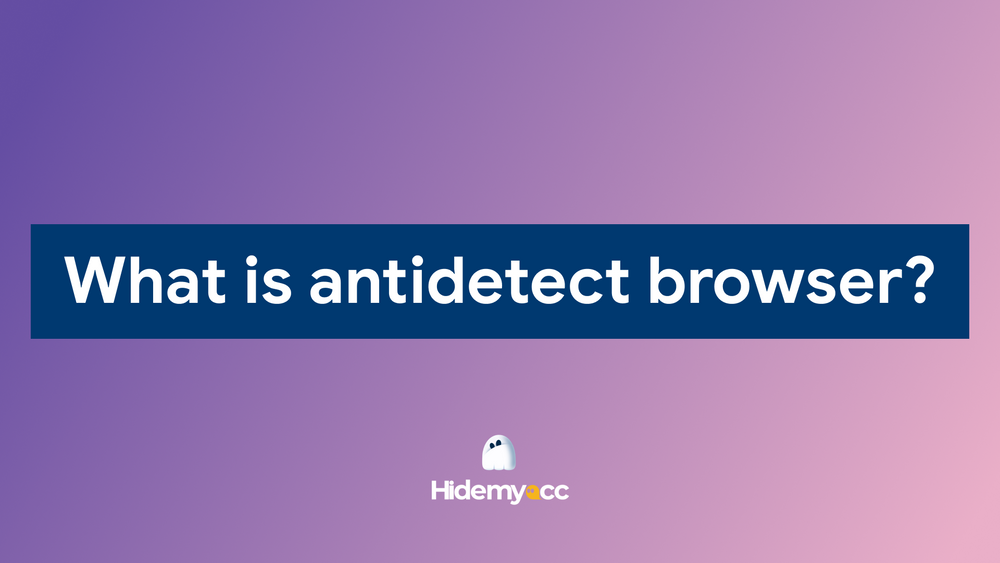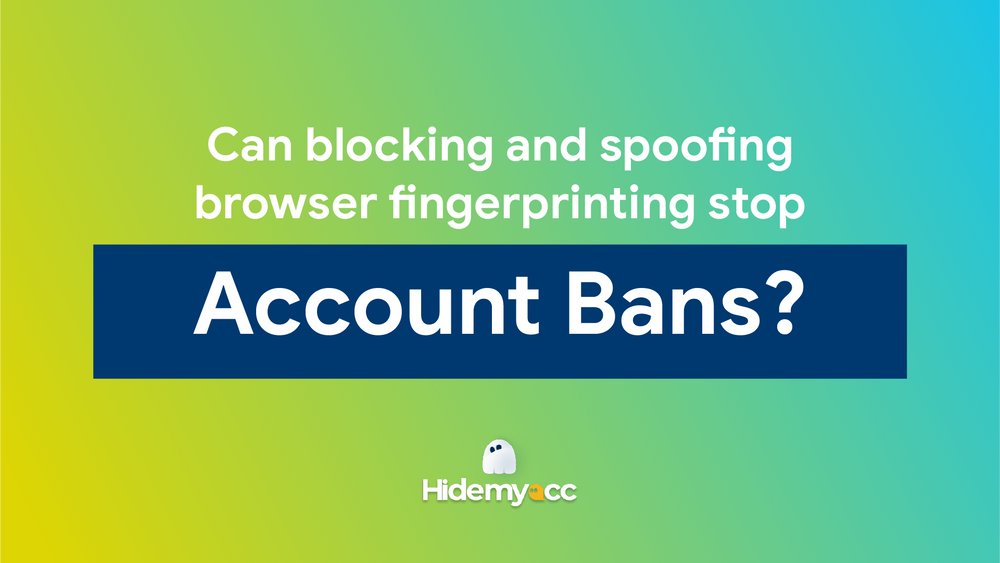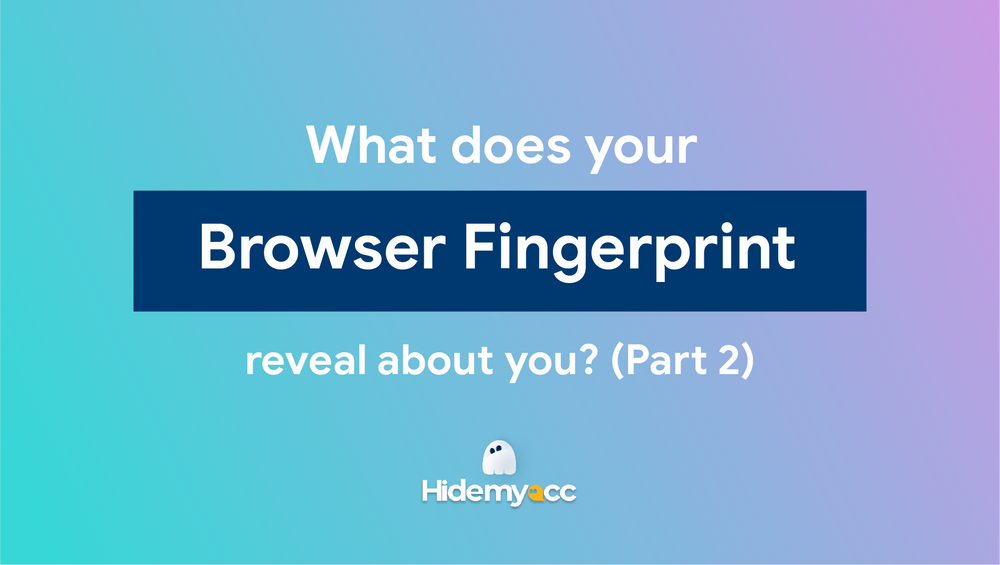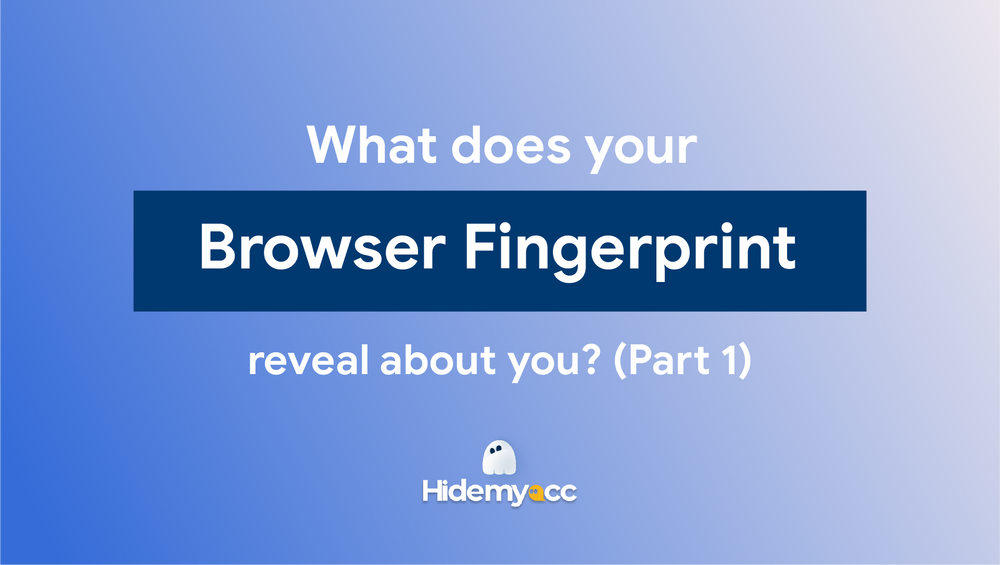Pixel tracking is a powerful tool that helps businesses track user behavior, improve ad targeting, and measure campaign performance. However, it also raises privacy concerns if you don’t take steps to protect yourself. In this guide, Hidemyacc will explain exactly what pixel tracking is, how it works, the most common types of pixels, and how you can minimize tracking when browsing the web.
1. What does Pixel mean?
Pixel - you’ve heard of them somewhere ? They are the little things in the screen of our computers, tablets and even the phone we carry in our pockets. People talk about dimension, resolution, DPI, PPI, pixel density,… but what exactly is a pixel ?
Wikipedia defines a pixel as “the smallest controllable element of a picture represented on the screen”.
Every screen on any given device is made up of several hundreds, thousands, or even millions of pixels. If you look really closely, you’ll see that a pixel is just a square of color. A block filled with a single color. When all the pixels on the screen are filled with different colors, they create the images we see on our devices.
2. What is Pixel Tracking?
Pixel really can see everything you do. They know more about your online activity than you might expect, all because of a wonderful little marketing tool known as pixel.
Have you ever scrolled through Facebook and an ad shows up for something you were literally just talking about. Is that weird ? While facebook isn’t actually reading your mind, they are using what we call tracking pixels.
Marketing pixel - also known as the tracking pixel are essentially these tiny snippets of code that allow you to gather information about a visitor on a website, how they browse, what types of ads they click on and so on.
This behavioral data helps you as a marketer send the users ads that are likely to be most interesting to them. Tracking pixels are used to measure a marketing campaign, performances to track conversion and to help you build up your audience base.
Besides, a pixel simply be put at the end of an email file to track different information that they are looking for. It can track things like the browser you use to open it, it can track the location that you were at the time you open the email. It can also track how many times you open up something.
This is a general overview of what a pixel actually is. There are several different types of pixels but we will be focusing on three most common types of pixel in this article.
3. Which parties provide pixel tracking for websites?
With just a small amount of coding experience, parties can add pixels to their website and begin collecting information about users. Below we have listed some of the top pixels that are commonly used to track user’s activities and behaviors.
3.1. Linkedin Pixel or Linkedin Insight Tag
LinkedIn provides a conversion tracking pixel for advertisers. This pixel is useful to use if you choose to advertise on LinkedIn.
Using LinkedIn’s ad service allows you to target a unique audience with over 500 million active professionals. You can target them by job title, function, industry, and more. Moreover, LinkedIn’s ad management system allows you to target audiences at different buyer decision funnel points.
3.2. Google Analytics Tracking Code
Adding the Google Analytics tracking code to your website gives you the ability to collect important data so that you can make informed business decisions.
3.3. Facebook Pixel
Use Facebook’s custom audience pixel to view website traffic from the pixel, track your conversions, optimize your ad spend, and retarget customers who have visited your site. Using the data acquired from Facebook’s Pixel, you can advertise to very targeted groups of people.
3.4. Google Adwords conversion tracking
With AdWords conversion tracking, you can see how effectively your ad clicks lead to valuable customer activity. Google AdWords helps bring in new customers by showing your company’s product, service, or brand in front of a customized audience.
3.5. Google Tag Manager
This is a tag management system that allows you to quickly and easily update tags and code snippets used for tracking and analytics on your website or mobile app.
3.6. Twitter Pixel
Twitter’s conversion tracking pixel allows you to track the actions users take after viewing or engaging with your ads on Twitter.
Not only can you attribute conversions to the last link click of your Twitter ad, but you can also track all other types of ad engagements like retweets, likes, and impressions. You can also pass transaction values from your website into your Twitter Ads analytics.
4. Facebook Pixels - the most common tracking method
Facebook is going to provide you with the pixel code that you can put onto your website. How can you create different targeting audiences for different actions taken on your site when there is only one pixel?
The answer is in the way that the pixel is structured. It’s basically made up of two parts: what we call a base code and a standard event code.
Your base code is what identifies your advertising account. This part will never change. It’s also placed across every page on your website.
The second part of your pixel code is what Facebook calls standard event code. This is the part that specifies the action that you are tracking for. Those are the purchase, the leads, the registration. There are a total of nine standard event actions that you can track for.
- View content: Track key page views (articles, landing pages, product pages)
- Search: Track searches on your site (product searches)
- Add to cart: Track when items are added to the cart
- Add to favorites: Track when items are added to favorites
- Initiate payments: Track when people enter your checkout flow
- Add payment info: Track when people add payment info in the checkout flow
- Purchases: Track purchases or completion of the checkout flow (switch to purchase confirmation page)
- Lead: Track when someone becomes a lead (form submission, trial signup)
- Registration Completion: Track when someone completes a registration form (complete registration, service registration)
This standard event code is the part that you are going to have to change based on the action you want to track. Unlike the base code that you are placing on every page of your site, the standard event code is only going to be placed on specific pages of your site.
That’s because you only want this code to be triggered when someone completes the action that you are tracking for.
For example, if you are tracking sales, you would add that purchase standard event code to the confirmation page or the thank-you page. And the logic is that only people that have completed a purchase are going to see that thank-you page.
5. How do marketers manage their pixels ?
Container Tags are the way to get lots of types of pixels onto a website with one piece of code and allow us to manage them from a separate platform.
For example, if you want to track which users came in from your Twitter campaign and those brought in from your Youtube campaign since they are running on two separate platforms. You’ll need two different pixels to identify which ad was a catalyst to getting your user to buy.
You could just place two individual pixels on your site. But think about all of the different types of campaigns you are tracking. Managing all that code on your site could get you out of control quickly.
So rather than placing the pixels on your site directly, you put them in a container tag and only place that one piece of code on your site.
Now, whenever we need to make a change to one of your pixels like switching your social media campaign from Youtube to Twitter, we can do it from a separate platform rather than readjusting the code on your site. You don’t need to be a developer or know how to code to use pixels or container tags.
Besides Pixel Tracking, you should have a better understanding of Cookie Bot and the differences between Tracking Pixel and Cookies for specific work based on what you want to do.
6. Common types of Tracking Pixel
6.1. Universal pixel
Universal Pixel will help track all your marketing channels together, that includes digital channels like search, ads clicks and referrals, broadcast mediums like radio, TV and direct mail. It also captures impressions from display ads, email open, podcast, …Server-side API is just another marketing data like in store sales, offline touch point and more to track.
The role of this pixel is to allow advertisers to track their website users on multiple pages via a single pixel. In addition to page URL, the pixel can also pass revenue data, order ID and product ID by appending macros to pass these values.
Example: Advertisers would like to track multiple pages across their brand site to allow for journey tracking and optimizations. A single universal pixel can be placed on each page, without the need for unique pixels per page.
6.2. Conversion pixel
Tracking conversions may seem straightforward for an online retailer. Someone sees your ads, they visit your site, and they make the purchase. You just have to track their shopping cart activities or an order confirmation page. But not every company has e-commerce capabilities.
Let’s say you are a car dealership instead. Most people don’t make a big purchase like a car online. They go to their local dealer.
With these kinds of businesses, it can be tricky to know which of your ads work best and actually getting someone to buy a car. In this case, instead of tracking an online shopping cart, we can set a conversion pixel to track when a visitor checks out your showroom hours and the patient page.
For most dealerships, this is a good indication that the user is interested in stopping by soon to check out your inventory in person. In healthcare, smaller physician groups or specialty health services might not want to track the same types of visitors as a large hospital.
Pixel in the “contact us” section or direction page for the specific doctor’s office is key to track the conversion. Users who visit those sections of your website are most likely to book an appointment soon.
6.3. Retargeting pixel
The other major use for pixels is to create retargeting audiences. These are a group of people who you know are interested in your brand because they visited specific areas of your site or did something on your site that you deem valuable.
The retargeting pixel focuses solely on the behavior of your website’s visitors. Once you know what a visitor is most interested in, you can serve them more relevant ads with distinct messages targeted to their preferences. Retargeting ads are the ones that follow the website visitors around the Internet. They are the main benefit of using pixels.
For example, universities typically have a variety of schools and programs but each program interests different audiences. This is where retargeting pixels come in.
We can place pixels on specific pages such as the MBA landing page and associated courses overview to group prospective graduate students into a separate campaign from graduate students.
Now let’s look at a University’s website from other angles. Lots of incoming freshmen don’t choose a major or area of study after they are in school for a few semesters. So it can be difficult to group these kinds of prospective students into a specific program or area of interest like we did.
With the MBA visitors. In this situation, we can pixel pages that feature budgeting tools or financial-aid information. These are key indicators that students or their parents are engaging with your brand. Retargeting these users with messaging that creates a sense of urgency around the financial aid deadline to try them to submit an online application.
7. Who is Pixel Tracking for ?
The main benefit of pixels is that marketers will be able to connect their page digital media to import activities users perform on your site.
For example, if someone clicks on their ads, they can track where you go on their site after the landing. And if someone sees their ad but uses a search engine or other method to get to the site, they can track those users too. Seeing this connection means they’ll know which elements of their media plan are working best and they can optimize toward them.
If someone is currently running Facebook Ads, or thinking about running Facebook ads, then they really need to be using Pixel. By using pixels, marketers are able to track useful metrics like digital ad impressions, email opens, sales conversions, and pretty much any other type of activity related to their campaign.
8. Is pixel tracking dangerous to the privacy of online Internet users ?
8.1. Advantages of Tracking Pixels
- Deliver valuable data on user behavior
- Benefit for Social media activities and search engine optimization (SEO)
- Supporting sales and e-commerce strategies
- Conversion rate optimization for business
- Improve customer acquisition and support the generation of leads
- The design of the user experience and the usability of a web will be optimized from the perspective of their customers.
8.2. Downside of Tracking Pixels
- Pixel can slow down the site you are visiting
For every tracking pixel on a site, the site slows down because it has to load that pixel from another server so it can do its work. This will result in poor customer experiences on the business site and impairing the Internet's user experience.
- Pixel tracking extracts a goldmine of user data that has immense value to businesses
The widespread use of tracking pixels for advertising is the result of decades of design and policy decisions whose consequences were not always foreseen.
The Internet was first conceived of as a free and open place. As such, charging users to browse websites has always been considered unacceptable.
Though it was born with the noblest of intentions, this "free" model spawned unanticipated consequences. If they couldn't charge for their products, how would the giants of the Internet - search engines, social networks, media hubs -- maintain their businesses? They were forced to seek alternative ways to make money.
The solution they found lay in advertising. This was a goldmine of possibilities: with businesses of all kinds looking to identify and reach key target demographics.
- Pixel data is shared with anonymous third parties
Tracking pixels can be aggregated to compile a detailed digital profile of a user - known as a digital fingerprint - on everybody who uses the Internet.
Tracking pixels don’t simply generate a one-to-one exchange. Other third parties can buy, sell, and recombine the data they've collected. This data will be used for a range of purposes well beyond what most users expect when they read an article or use an app.
- Online privacy of Internet users are more vulnerable
Spammers and phishers can use the technique to know which email subject lines got you to click. And there are loads of vulnerable people who really don’t want some random person on the internet tracking their moves just by sending some emails.
9. Can pixels track you when you are using multiple accounts ?
Yes, they can. Because pixels collect your detailed digital information with many parameters like your device fingerprint, they can detect you even if you have thousands of online accounts, unless you are using anonymous virtual profiles or multi-login browsers to surf the Internet.
10. Is pixel tracking legal ?
Pixels are governed by the Privacy and Electronic Communications Regulation 2003 (PECR) and 2016's General Data Protection Regulation (GDPR). They require organizations to inform recipients of the pixels, and in most cases to obtain consent.
Technically you require 'consent' to place information or read information from a person's device. However few email service providers allow the option to turn off these tracking pixels. So, it can be said that Pixel Tracking is not something illegal.
11. What can you do to disable tracking pixels ?
- Keep the browser and email settings to a minimum level and use only what you need.
- Choosing the right web browser
- Disable or limit pixel tracking in a web browser's settings, though each browser has different capabilities. Firefox enables what it calls "enhanced tracking protection" by default, and lets users customize the level of tracking they want to allow. Users of Google Chrome can disallow the collection and retention of cookies, though this may result in reduced functionality. Chrome does not implement "do not track" as its default setting, so users must manually turn it on. On the social media side, Facebook's privacy settings also include an option to disable pixels, though this is not a default setting.
- Use proxy server or using anonymous, antidetect browser like Hidemyacc to avoid tracking pixels. With multi-login software like Hidemyacc, you could surf the Internet with not only one browser or one profile but also multiple profiles with completely different virtual device information. The app will automatically create a different fingerprint for each profile you are using. In this way, you will never be detected.
Hidemyacc is now offering a 7 days free trial package for new users with unlimited support and direct online training from the technical team.
You can download the newest version of Hidemyacc software here
12. Wrap up
Generally, beside the allegation of stealing and violating the user's online security and privacy, tracking pixels has made an impressive breakthrough for information backup, upgrading the quality of product marketing activities of marketers and entrepreneurs.
However, if you are privacy-minded and require a higher secure online environment and need more privacy while surfing the Internet, you could refer to our suggestion above to actively protect yourselves from tracking.

